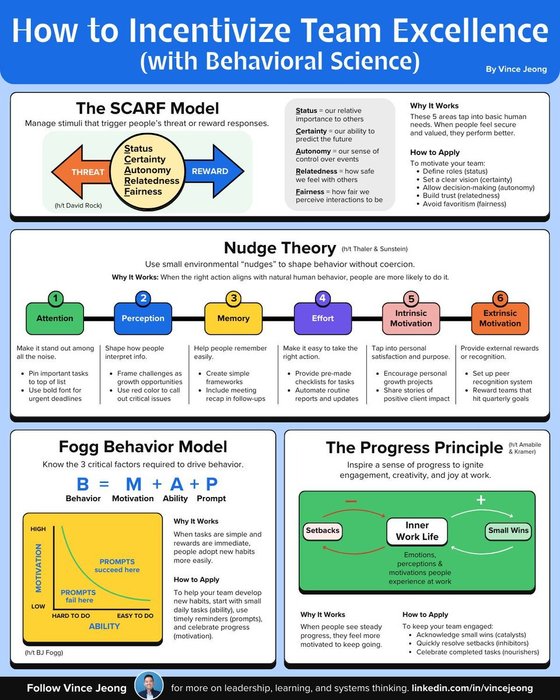Sublime
An inspiration engine for ideas
and mental models of how people interact with systems (interaction models).
William Lidwell, Kritina Holden, Jill Butler • Universal Principles of Design, Revised and Updated: 125 Ways to Enhance Usability, Influence Perception, Increase Appeal, Make Better Design Decisions, and Teach through Design
Cialdini Institute - Harness the Power of Ethical Persuasion
cialdini.com
Choice Hacking: How to use psychology and behavioral science to create an experience that sings
amazon.com
Use a shorter line length (45 to 72 characters per line) if reading speed is less critical.
Weinschenk Susan • 100 Things Every Designer Needs to Know About People (Voices That Matter)
You want to figure out ways to increase friction (germane cognitive load) while minimizing extraneous cognitive load.
Julie Dirksen • Design for How People Learn (Voices That Matter)
landing page should be designed for four main user types corresponding to the mind-set of each stage: Browsers May not know exactly what they want but have an unmet need Evaluators Know the available options and are comparing details Transactors Have made a decision and need to quickly complete their specific task Customers Have completed their
... See moreMaura Ginty • Landing Page Optimization: The Definitive Guide to Testing and Tuning for Conversions
use the following familiar categories: • Goals • Behaviors • Attitudes • Demographics
Ziv Yaar • User is Always Right, The: A Practical Guide to Creating and Using Personas for the Web
Your octopus gets tired if it has to keep switching its focus from one set of brain-links to a completely different one. So try to avoid distraction and task switching.
